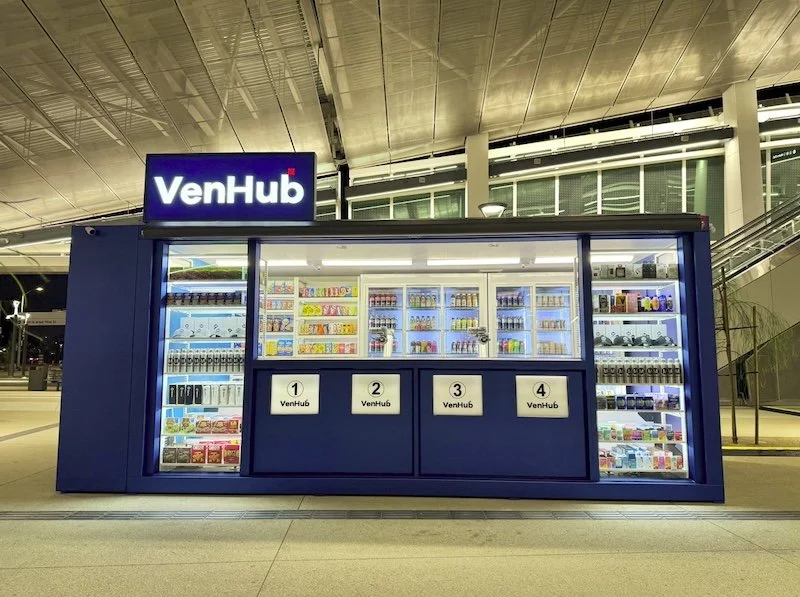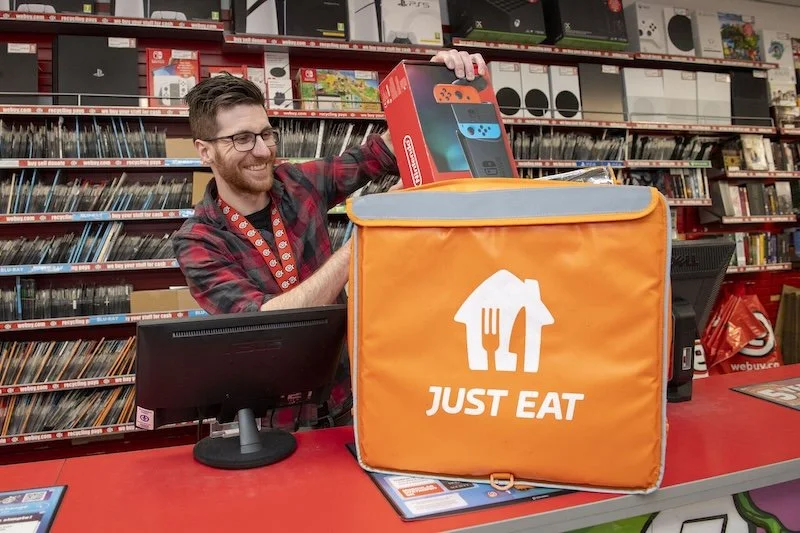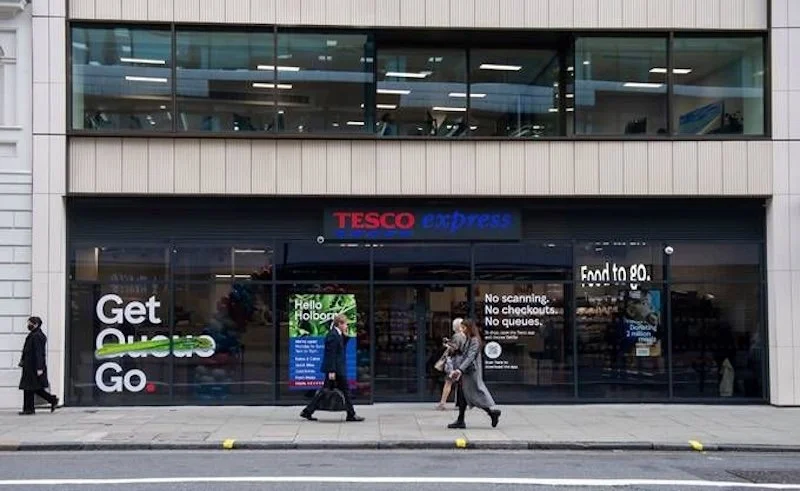How automated dispensing systems are changing the retail space
The retail industry is undergoing major changes as businesses seek ways to improve efficiency and satisfy customers. Shoppers now expect quicker service, convenience, and minimal wait times, leaving retailers to explore new technologies that can meet these demands.
Automated dispensing systems (ADS) solve problems that retailers and customers experience. Long lines, human errors, and stock issues frustrate shoppers and can push them toward competitors. Retailers, on the other hand, tackle rising labour and operational costs and the need to maximise floor space. ADS helps ease these pain points, offering faster service, accuracy, and lower costs.
This article will explore how ADS are integrated across various retail sectors and highlight their significant benefits. Read on.
What are automated dispensing systems?
Automated dispensing systems (ADS) are advanced machines designed to handle product storage, organisation, and dispensing with minimal human input. These systems are commonly used in various retail environments, helping to streamline tasks like sorting, retrieving, and delivering items directly to customers or staff.
ADS rely on a combination of robotics, sensors, and control software to carry out these tasks. In some applications, they may be responsible for handling the precise and versatile transfer of liquids and gases, as seen in industries where accuracy is critical. For example, KNF specialises in technologies that can manage this level of precision, which is essential for businesses like medical facilities and industrial operations where liquids and gases are involved.
ADS is becoming common in many retail spaces, helping businesses automate and simplify everyday tasks. These systems are designed to make processes more efficient, reliable, and scalable.
Impact on different retail sectors
From pharmacies to fashion, these systems are helping businesses operate more smoothly while giving customers quicker and more accurate service. Let’s break down how ADS are reshaping different industries.
Pharmacies
Traditional methods of counting pills, labeling prescriptions, and managing inventory have always been labor-intensive and prone to human error. With automated medication dispensing systems, drugs are automatically dispensed based on prescriptions entered into a digital system. Pharmacy automation like this ensures that drug dispensing is accurate even without manual handling.
Grocery stores
Automated dispensing cabinets are often seen in self-checkout stations, where customers can scan, bag, and pay for their items without cashier assistance.
These systems are a major time-saver for both shoppers and store staff. ADS can also manage inventory automatically, updating stock levels in real time as products are scanned and purchased. This dispensing process helps grocery stores avoid stockouts or over-ordering items.
Fashion and apparel
Automated systems are used for everything from retrieving items from stockrooms to managing online orders for pickup or delivery. In some stores, customers can use touchscreens to browse available inventory, select their size, and have the item delivered straight to the fitting room. This reduces the need for staff assistance and speeds up the shopping experience.
ADS helps quickly sort and pack clothing for shipping, ensuring customers get the right items promptly. By automating these processes, fashion retailers can keep up with the industry's fast paced nature and reduce errors related to item selection.
Food and beverage
ADS is often used to precisely dispense ingredients, drinks, or entire meals. Automated dispensing machines, such as coffee machines, soda dispensers, and even food-preparation robots, are becoming a staple in fast food and dine-in restaurants. These systems ensure consistency and speed up service during peak hours.
Fast food chains have adopted ADS to handle everything from assembling sandwiches to pouring drinks, allowing for faster turnaround times during busy periods. This helps reduce wait times and keeps the kitchen workflow smooth. Customers get their orders quicker, and staff can focus on more complex tasks rather than simple product dispensing.
As ADS continue to evolve, their impact across various retail sectors is becoming increasingly evident. They're playing a crucial role in helping retailers stay ahead in the age of digital transformation.
The benefits of ADS in retail
ADS offers various advantages that help retailers streamline operations and enhance the shopping experience. From improving speed to saving costs, these systems have become essential for modern retail.
Increased efficiency and speed
ADS significantly boosts operational efficiency by automating tasks that otherwise take up valuable time. Whether prescription filling in pharmacies or speeding up the checkout process in grocery stores, these systems allow retailers to serve customers faster and with fewer errors.
Enhanced customer experience
ADS elevates the customer experience by making shopping more convenient and reliable.
Automated kiosks, vending machines, and self-service options allow customers to interact with products and services on their own terms. Whether retrieving items from a self-service machine or ordering online for in-store pickup, customers enjoy the ease and speed of automated systems.
Cost savings for retailers
By automating routine tasks, retailers can reduce labour costs and allocate staff to more value-added roles.
In addition, the precise nature of ADS helps minimise product waste, whether it’s ensuring the right medication dose in pharmacies or dispensing the exact amount of ingredients in food service settings.
By integrating ADS, retailers can improve their operations and offer a better, more efficient customer experience.
Final thoughts
Robotic dispensing is shaping the future of retail, bringing innovation to the forefront of daily operations.
As technology evolves, businesses embracing this dispensing system are positioning themselves to meet customer demands easily and efficiently. Now is the time for retailers to explore how automation can streamline their processes and elevate the shopping experience.






























Continue reading…